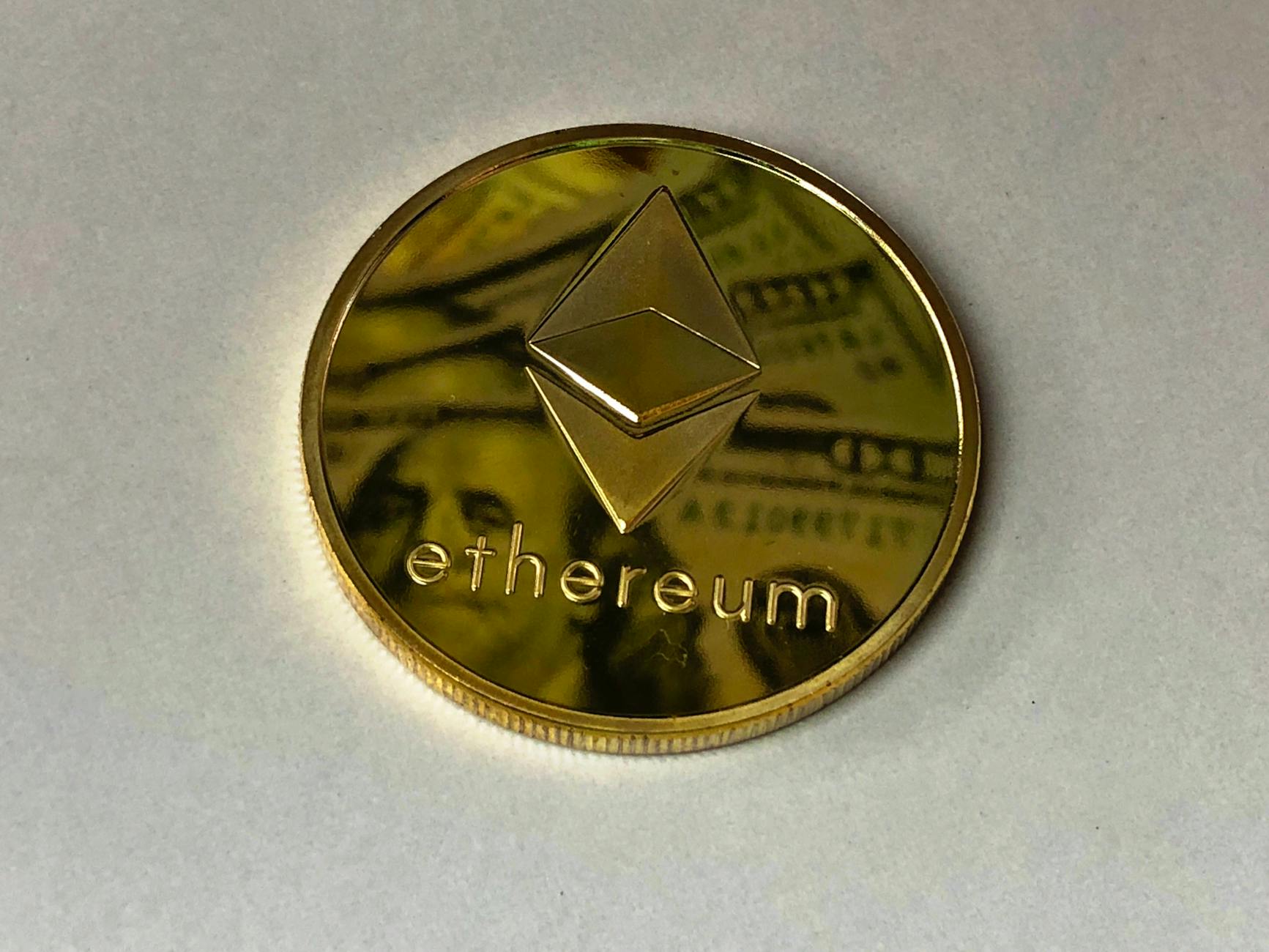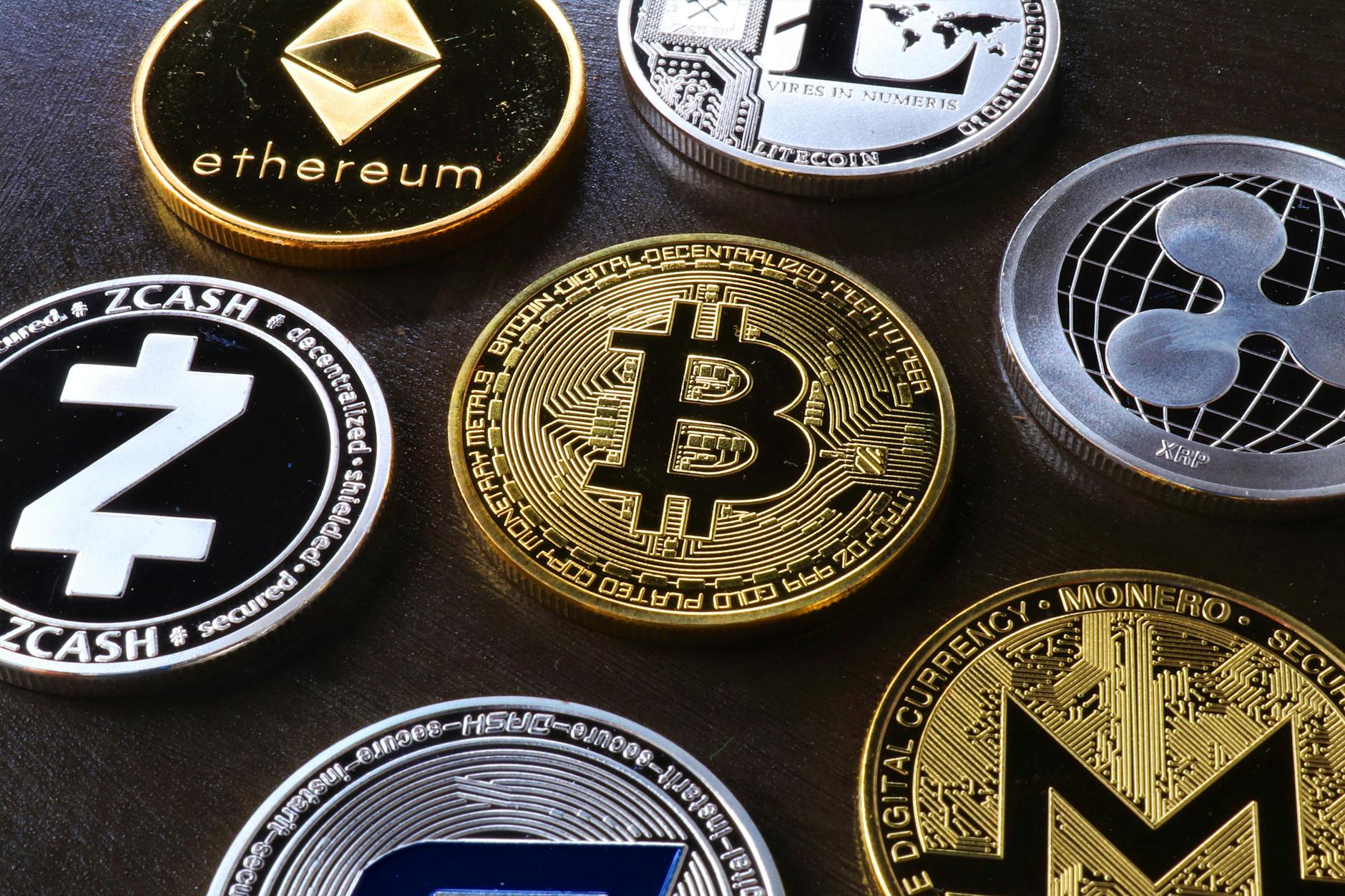The Silent Heist: How a $90 Million DeFi Exploit Went Unnoticed for Seven Months
A sophisticated attack on Mirror Protocol highlights the hidden vulnerabilities and delayed detection within the rapidly evolving DeFi landscape.
In the often-turbulent world of decentralized finance (DeFi), where innovation moves at breakneck speed, the ability to detect and respond to security threats is paramount. However, a recent revelation has sent shockwaves through the crypto community, exposing a staggering oversight: a monumental exploit targeting the Mirror Protocol, valued at an astonishing $90 million, went completely undetected for an entire seven months. This prolonged period of unnoticed activity not only underscores the sophistication of the attackers but also raises critical questions about the security infrastructure and monitoring capabilities within the DeFi ecosystem.
The incident, which occurred on October 8, 2021, saw attackers pilfer approximately $90 million worth of assets. What makes this exploit particularly alarming is that its discovery was not due to proactive security measures or internal audits, but rather through the diligent efforts of an independent researcher known as FatManTerra. This delay in detection is a stark reminder of the inherent challenges in securing complex, rapidly evolving DeFi protocols.
The Nature of the Exploit: A Calculated Breach
The Mirror Protocol, a crucial component of the Terra (LUNA) ecosystem, is designed to create synthetic assets that track the price of real-world assets, such as stocks and commodities. This innovative approach allows users to gain exposure to traditional markets within the DeFi framework. The exploit, according to FatManTerra’s analysis, involved a cunning manipulation of the protocol’s price feeds, specifically targeting the stablecoin UST and the governance token LUNA.
The attackers reportedly executed a series of transactions that artificially inflated the value of a specific asset within the Mirror Protocol. By exploiting a vulnerability in how the protocol reconciled price discrepancies, they were able to effectively mint an excessive amount of UST, which was then swapped for other valuable cryptocurrencies. This intricate maneuver allowed them to siphon off a substantial sum without triggering immediate alarms.
The core of the attack revolved around a loophole that allowed for a significant imbalance between the synthetic assets and their underlying collateral. This imbalance, when exploited at scale, created a cascading effect that the protocol’s existing security mechanisms failed to identify. The attackers were able to exploit this for an extended period, gradually draining the protocol’s reserves without raising any significant red flags.
The Mirror Protocol and its Role in the Terra Ecosystem
To fully grasp the implications of this exploit, it’s essential to understand the context of the Mirror Protocol within the broader Terra ecosystem. Mirror Protocol was a flagship project on Terra, designed to democratize access to traditional financial assets. Its integration with Terra’s native stablecoin, UST, and its governance token, LUNA, made it a central pillar of the ecosystem’s growth and appeal.
The success of Mirror Protocol was intrinsically linked to the stability and utility of UST. UST, a decentralized algorithmic stablecoin, maintained its peg to the US dollar through a mint-and-burn mechanism involving LUNA. When demand for UST increased, LUNA was burned to mint UST, and vice versa. This mechanism, while innovative, proved to be vulnerable to large-scale market manipulations, a vulnerability that was later exploited in a far more devastating manner with the collapse of UST and LUNA in May 2022.
Mirror Protocol’s functionality was to allow users to mint synthetic assets, known as “mirrored assets” (mAssets), such as Mirror.e.g. (representing Google stock) or Mirror.a.e.g. (representing Amazon stock). These mAssets were collateralized by the Terra stablecoin UST. Users could lock up UST to mint mAssets, or use mAssets as collateral to borrow UST. The value of these mAssets was meant to be pegged to their real-world counterparts through the use of decentralized price oracles.
The exploit specifically targeted the interaction between mAssets and UST, leveraging a flaw in how the protocol handled price fluctuations and collateralization ratios. The attackers were able to manipulate these parameters, creating a situation where they could extract more value than they deposited, effectively draining the protocol’s liquidity.
The Seven-Month Silence: A Deep Dive into the Detection Failure
The most disturbing aspect of this incident is the seven-month period during which the $90 million theft went unnoticed. This extended silence points to significant shortcomings in the protocol’s security monitoring and incident response frameworks. While many DeFi protocols rely on a combination of automated alerts and community vigilance, this case suggests that neither was sufficient.
FatManTerra, a prominent researcher known for their deep dives into the Terra ecosystem’s on-chain data, brought the exploit to light. Their meticulous analysis revealed a pattern of suspicious transactions that had been ongoing for an extended period. The fact that an independent researcher, rather than the protocol’s developers or security team, was the one to uncover such a massive financial drain is a cause for serious concern.
Several factors could have contributed to this prolonged lack of detection:
- Sophisticated Attack Vectors: The attackers likely employed advanced techniques to mask their activities. This could have involved layering transactions across multiple wallets, utilizing privacy-enhancing tools, or executing the exploit in a way that mimicked legitimate trading activity.
- Inadequate Monitoring Tools: The protocol’s internal monitoring systems may have been insufficient to detect the specific nature of this exploit. Automated alerts might have been tuned to look for more obvious anomalies, such as sudden large withdrawals, rather than subtle manipulations of price feeds and collateralization ratios.
- Reliance on Community Vigilance: While the DeFi community is known for its active participation, relying solely on this for detecting sophisticated, long-term exploits is precarious. The sheer volume of on-chain data and the complexity of many protocols can make it difficult for individual users or even dedicated community members to spot such subtle attacks.
- Protocol Complexity: DeFi protocols are inherently complex, with intricate smart contract interactions and various mechanisms at play. This complexity can create blind spots that attackers can exploit. Understanding the full attack surface and potential vulnerabilities requires deep technical expertise.
- Delayed Oracles Updates: The exploit might have been facilitated by a lag in the price oracle updates or a vulnerability within the oracle mechanism itself. If the protocol relied on oracles that were not updating frequently enough or were susceptible to manipulation, it would provide a window of opportunity for attackers.
The discovery by FatManTerra highlights the critical role of independent auditors and researchers in the DeFi space. Their unbiased analysis and deep understanding of blockchain mechanics are invaluable for identifying vulnerabilities that might be overlooked by those directly involved in protocol development.
The Aftermath and Implications for Mirror Protocol
Upon the revelation of the exploit, the Mirror Protocol team acknowledged the breach and initiated an investigation. However, the fact that such a significant amount of funds was lost over an extended period has undoubtedly impacted the trust and confidence in the protocol. The exploit likely contributed to the broader FUD (Fear, Uncertainty, and Doubt) surrounding the Terra ecosystem, especially in the lead-up to its eventual collapse.
The Mirror Protocol was not merely a standalone project; it was deeply intertwined with the Terra ecosystem. The loss of $90 million from Mirror had ripple effects that contributed to the already precarious stability of UST and LUNA. This exploit, in hindsight, can be seen as an early warning sign of the systemic risks embedded within the Terra ecosystem.
The protocol’s response and subsequent actions are crucial for understanding how DeFi platforms handle such crises. However, the fact that the exploit was for such a long duration raises serious questions about the team’s proactive security measures and their ability to safeguard user assets. The protocol’s developers stated that they had implemented various security measures, but the effectiveness of these measures was clearly compromised by the sophisticated nature of the attack and the extended period of undetected activity.
Furthermore, the exploit had significant implications for users who held assets on Mirror Protocol. The loss of funds, even if not directly attributed to their individual holdings, eroded confidence and potentially led to a decline in the protocol’s utility and adoption. The value of mAssets, which are meant to mirror real-world assets, would have been indirectly affected by the protocol’s compromised security and the overall negative sentiment it generated.
Broader Implications for the DeFi Landscape
The Mirror Protocol exploit is not an isolated incident; it serves as a potent case study for the entire DeFi industry. The sheer scale of the undetected theft and the prolonged duration highlight systemic weaknesses that need urgent attention:
- The Arms Race Between Attackers and Defenders: The DeFi space is a constant battleground. As protocols become more sophisticated, so do the methods of attackers. This exploit demonstrates that current security measures are not always keeping pace.
- The Importance of Robust Monitoring: The incident underscores the critical need for advanced, proactive monitoring systems that can detect subtle anomalies and complex attack patterns, rather than relying on simple threshold alerts. This includes real-time analysis of on-chain data, smart contract interactions, and oracle feeds.
- The Role of Audits and Bug Bounties: While smart contract audits and bug bounty programs are essential, they are not infallible. The success of this exploit suggests that attackers can find vulnerabilities that even thorough audits might miss, or that the vulnerabilities were introduced after audits were completed. Continuous security assessments are crucial.
- Decentralization and Accountability: In a decentralized system, establishing clear lines of accountability for security breaches can be challenging. When an exploit goes unnoticed for so long, it raises questions about who is ultimately responsible for ensuring the protocol’s security.
- User Education and Awareness: While users of DeFi protocols are expected to conduct their own research, the complexity of these systems means that even technically savvy users can be caught off guard by sophisticated exploits.
The DeFi industry is still in its nascent stages, and with rapid growth comes inherent risk. Exploits like the one on Mirror Protocol, while damaging, provide invaluable learning opportunities. The industry must collectively address these challenges to build a more secure and trustworthy decentralized financial future.
Pros and Cons of Mirror Protocol in the Context of the Exploit
Pros:
- Innovation in Synthetic Assets: Mirror Protocol offered a novel way to access traditional financial markets through DeFi, democratizing investment opportunities.
- Integration with Terra Ecosystem: Its deep integration with Terra provided a robust user base and facilitated seamless transactions using UST.
- Decentralized Nature: The protocol aimed to operate without central intermediaries, offering greater autonomy to users.
Cons:
- Security Vulnerabilities: The exploit exposed critical flaws in its security architecture, leading to substantial financial losses.
- Delayed Detection: The seven-month period of unnoticed activity indicates significant shortcomings in monitoring and incident response mechanisms.
- Reliance on Oracle Accuracy: The exploit’s success was partly due to the manipulation of price feeds, highlighting the inherent risks associated with oracle dependencies in DeFi.
- Contributed to Terra’s Instability: The $90 million loss, while a part of the larger Terra collapse narrative, certainly did not help the ecosystem’s stability.
Key Takeaways: Lessons Learned from the Silent Heist
- Proactive Security is Paramount: Relying solely on post-exploit detection is insufficient. Continuous monitoring, advanced threat detection, and regular security audits are crucial.
- Independent Audits Are Vital: The role of external researchers like FatManTerra highlights the importance of independent verification of protocol security.
- Complexity Breeds Vulnerability: The intricate nature of DeFi protocols can create blind spots. Simplicity and clarity in design, wherever possible, can enhance security.
- Incident Response Plans Need Rigor: Protocols must have well-defined and tested incident response plans to quickly address and mitigate security breaches.
- Community Vigilance is a Backup, Not a Primary Defense: While community members can be helpful, they should not be the sole reliance for security oversight.
- The Interconnectedness of DeFi: Security failures in one protocol can have cascading effects on others, especially within closely integrated ecosystems like Terra.
Future Outlook: Fortifying the DeFi Frontier
The Mirror Protocol exploit serves as a critical wake-up call for the entire DeFi industry. The future of decentralized finance hinges on its ability to evolve and adapt its security practices to match the escalating sophistication of threats. We can anticipate several key developments in response to such incidents:
- Advancements in Real-Time Monitoring: Expect to see greater investment in and adoption of AI-powered security solutions capable of real-time anomaly detection and sophisticated pattern analysis.
- Enhanced Smart Contract Auditing Techniques: Auditing firms will likely refine their methodologies to identify a wider range of potential vulnerabilities, including those that are exploitable over extended periods or through complex, multi-stage attacks. Formal verification methods may gain more traction.
- Development of Decentralized Security Networks: Collaborative security efforts, potentially involving decentralized autonomous organizations (DAOs) dedicated to security, could emerge to pool resources and expertise for monitoring and threat intelligence.
- Increased Regulatory Scrutiny: As DeFi matures, it is likely to face increased attention from regulators. Security incidents of this magnitude may accelerate the push for more robust compliance and security standards.
- Focus on Oracle Security: The reliance on external price feeds makes oracle security a critical area of focus. Projects are likely to explore more resilient and decentralized oracle solutions.
- Insurance and Risk Mitigation Tools: The growth of DeFi insurance protocols may accelerate, offering users a way to mitigate the financial impact of hacks and exploits.
The path forward for DeFi requires a commitment to continuous improvement in security. It’s a race against time, where innovation must be balanced with an unwavering dedication to safeguarding user assets and maintaining the integrity of the decentralized financial system.
Call to Action: Building a More Secure DeFi Ecosystem
For developers and project teams in the DeFi space, this exploit is a stark reminder of the responsibilities that come with building innovative financial products. It’s imperative to:
- Prioritize Security from Inception: Integrate robust security practices into every stage of development, not as an afterthought.
- Invest in Continuous Monitoring: Implement sophisticated, real-time monitoring systems and dedicate resources to actively analyze on-chain activity for anomalies.
- Foster Transparency and Collaboration: Be open about security challenges and collaborate with the broader security community to identify and address vulnerabilities.
- Regularly Re-evaluate and Update Security Measures: The threat landscape is constantly evolving. Security protocols must be continuously reviewed and updated to stay ahead of emerging threats.
For users and investors in the DeFi ecosystem, it’s crucial to:
- Conduct Thorough Due Diligence: Research the security practices of any protocol before committing capital. Look for evidence of regular audits, bug bounty programs, and active community engagement regarding security.
- Understand the Risks: DeFi is inherently risky. Be aware of the potential for hacks, exploits, and smart contract failures.
- Diversify Your Holdings: Avoid concentrating all your assets in a single protocol or ecosystem.
- Stay Informed: Keep abreast of news and developments in the DeFi security space. Knowledge is a key defense.
The silent heist of $90 million on Mirror Protocol, while a significant setback, offers a crucial opportunity for the DeFi industry to learn, adapt, and emerge stronger. By embracing a culture of proactive security and collective responsibility, the dream of a truly decentralized and secure financial future can be realized.









